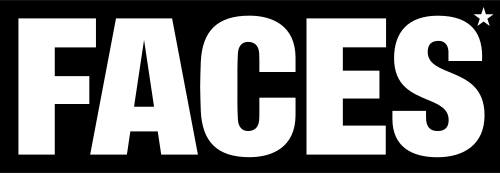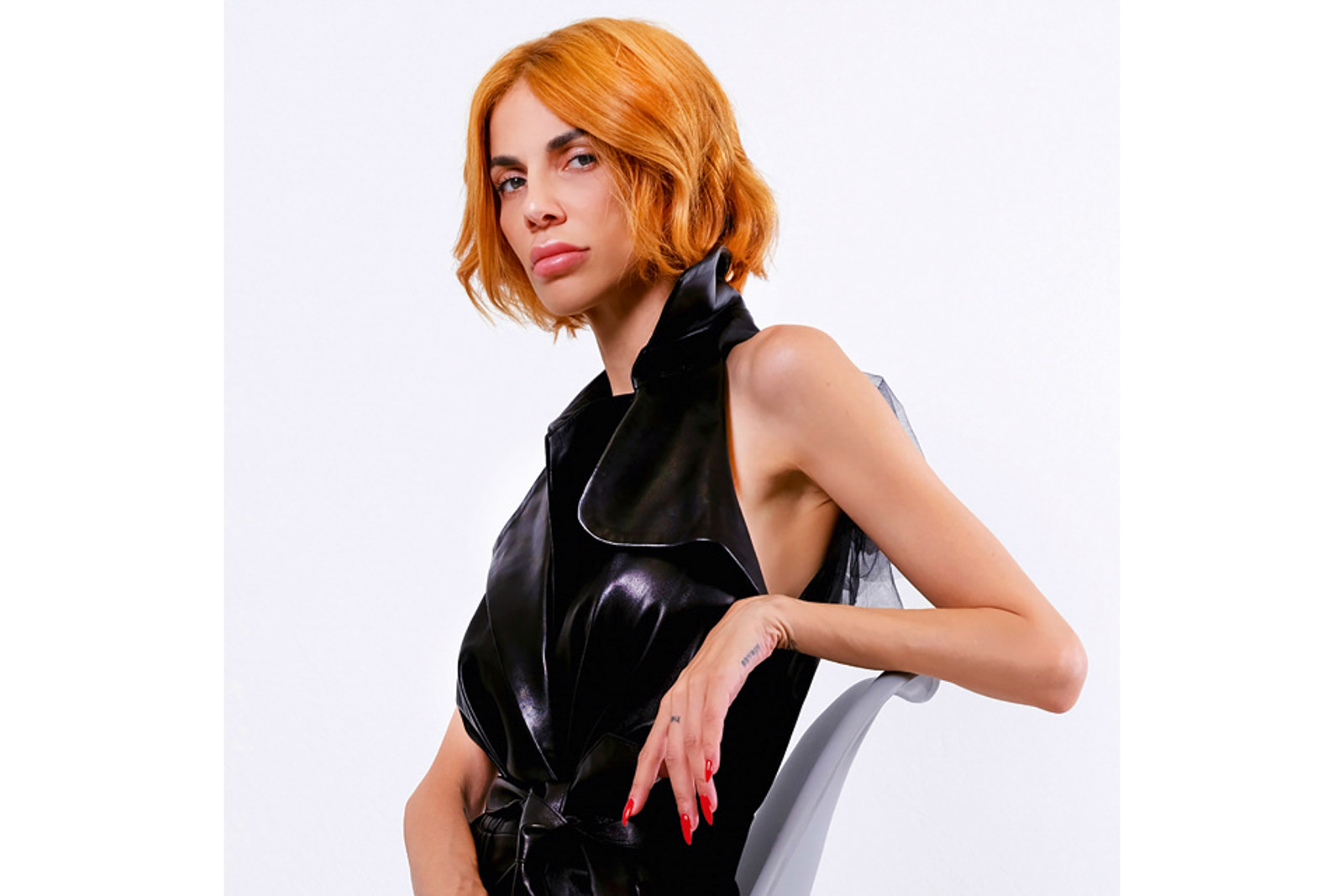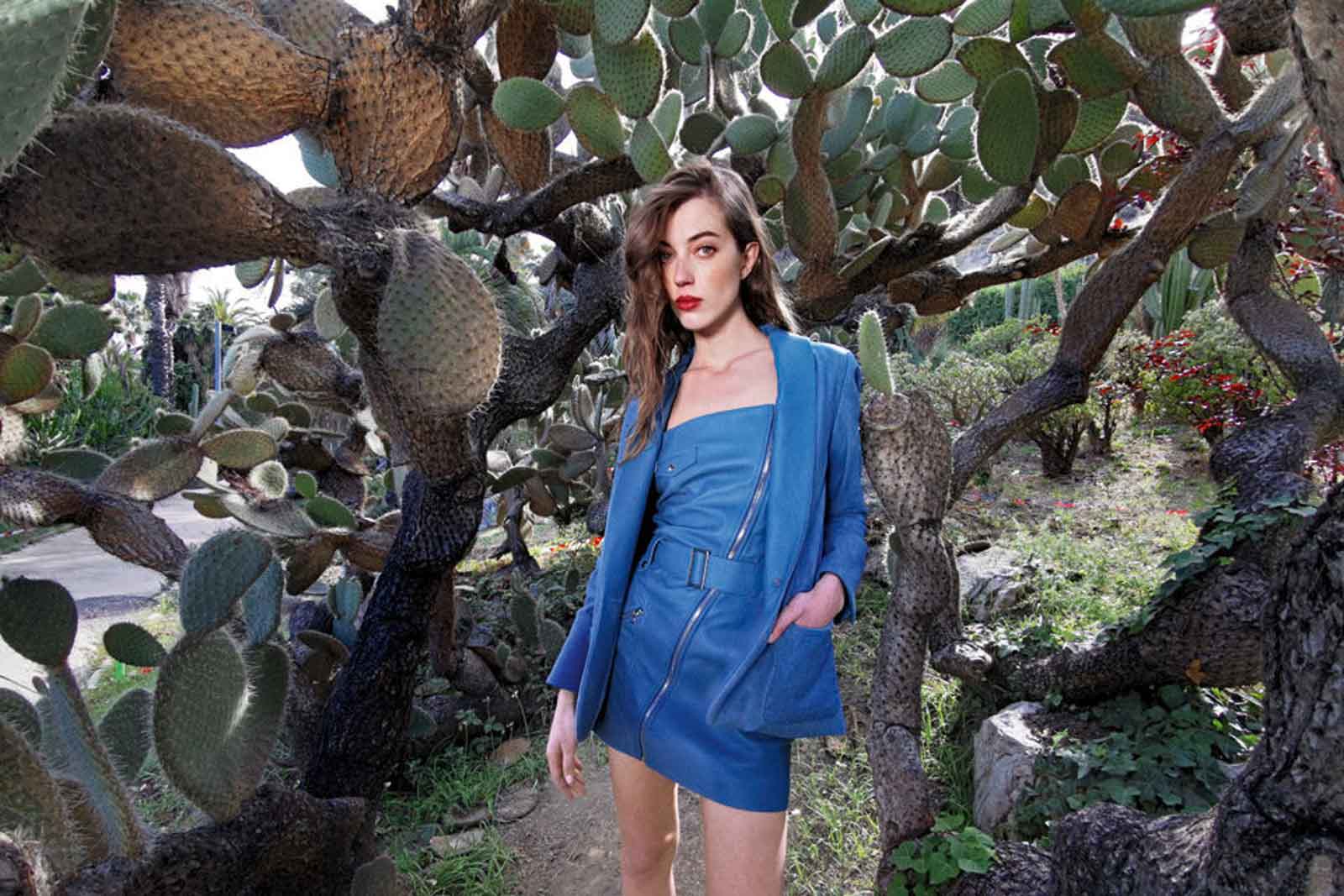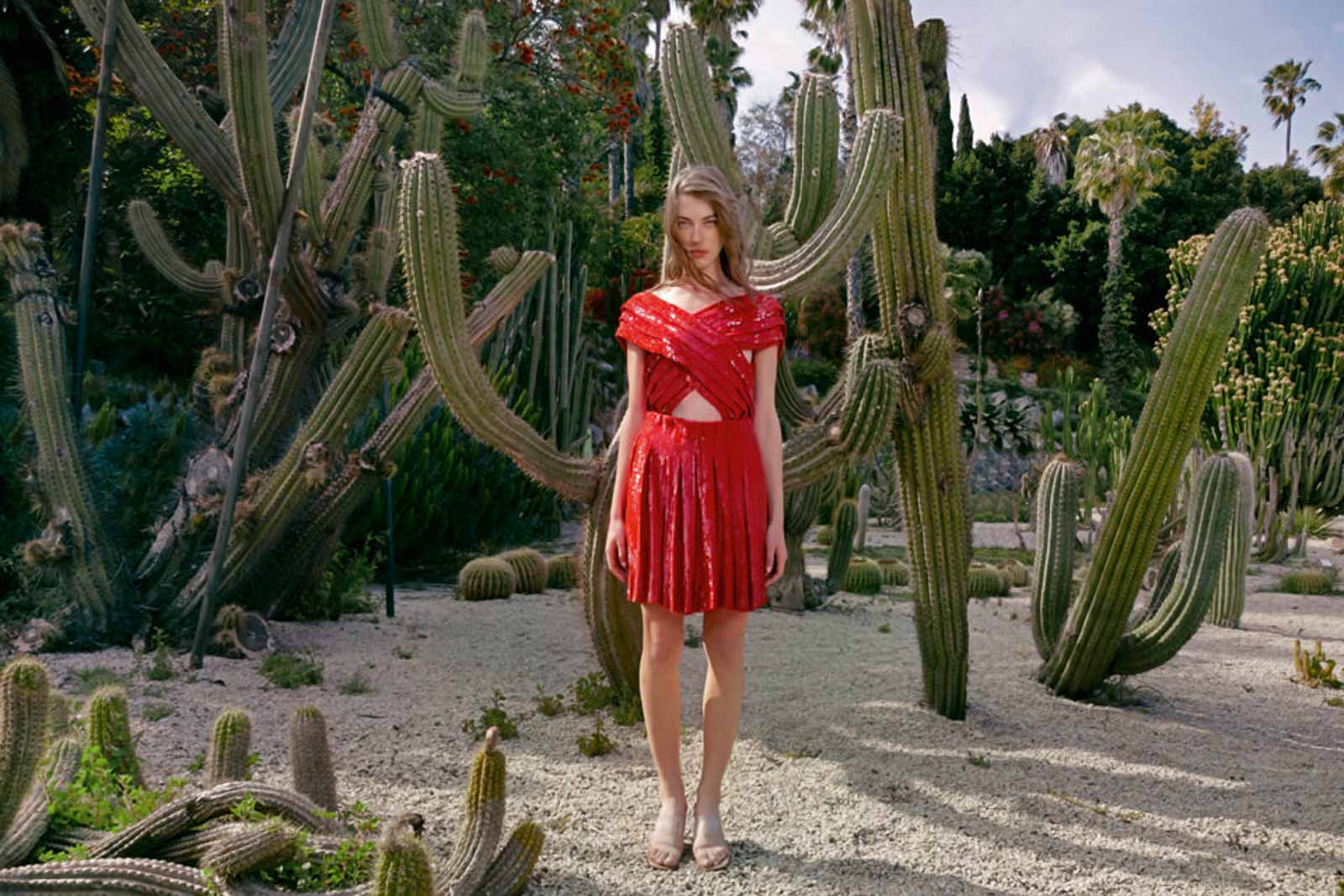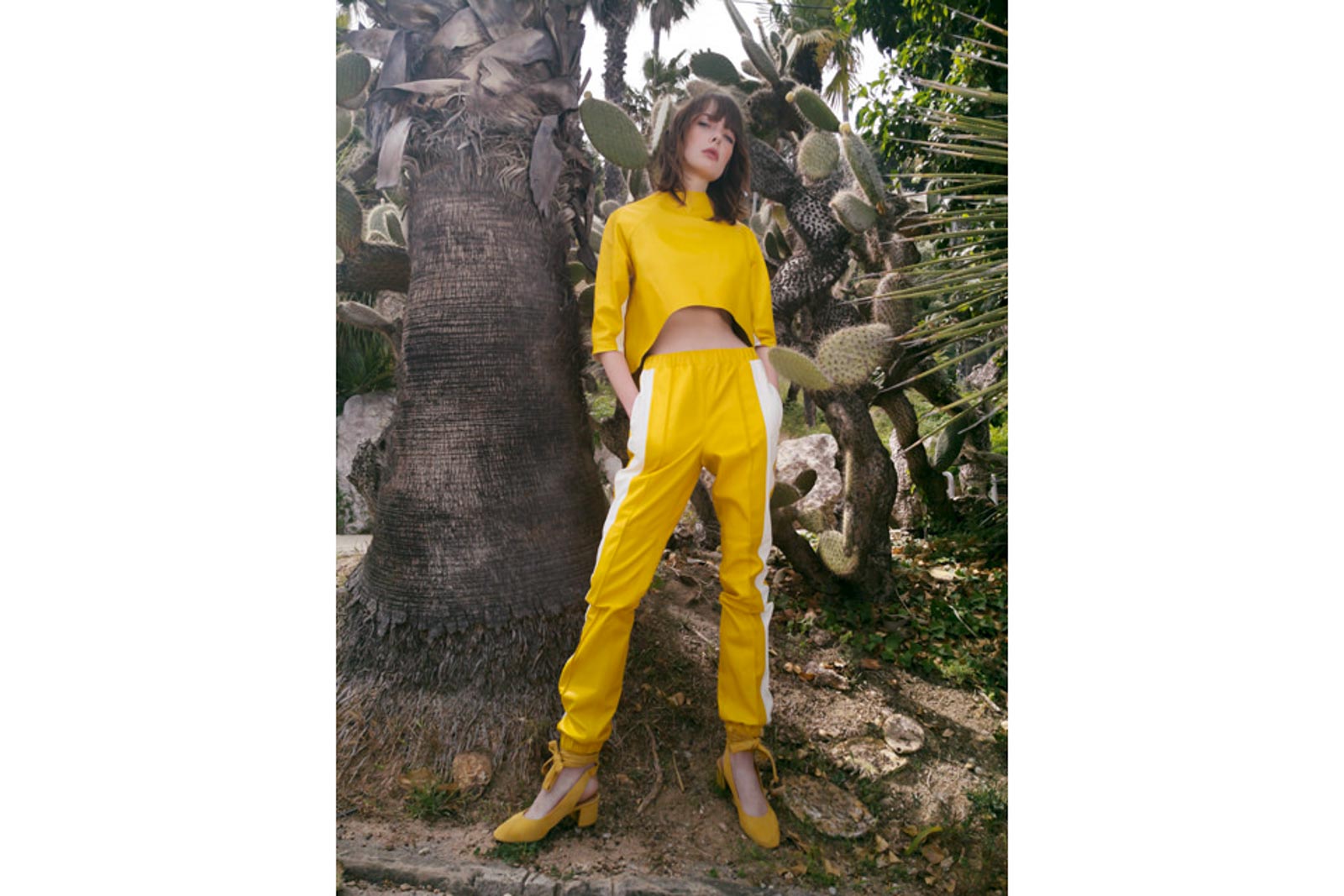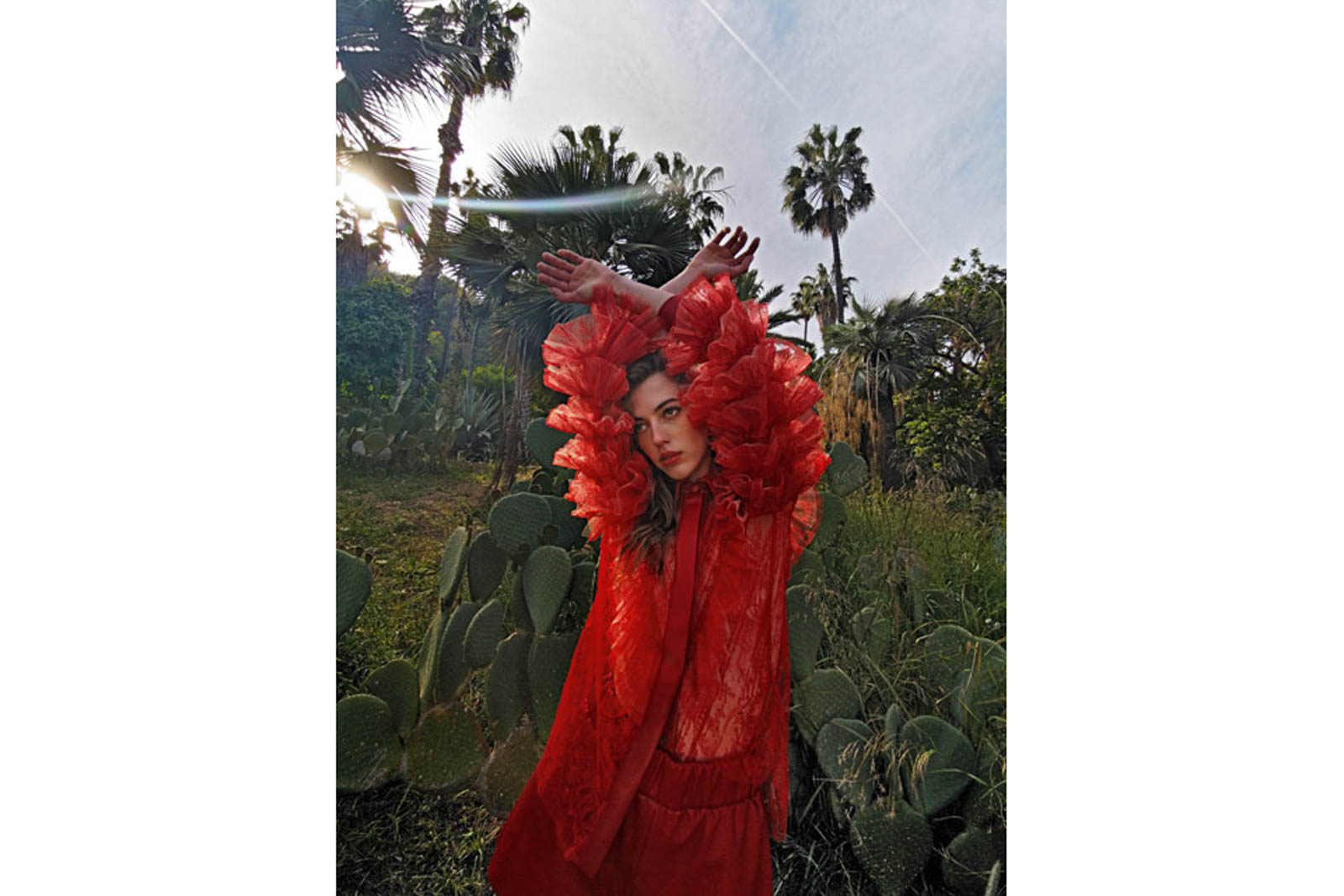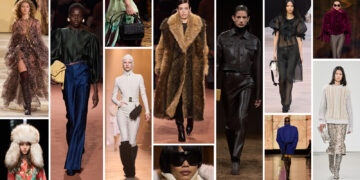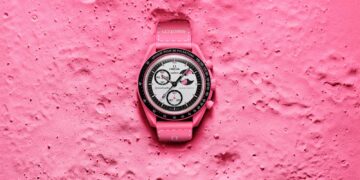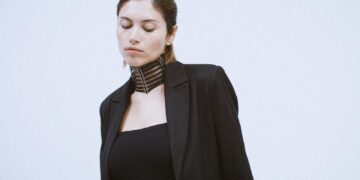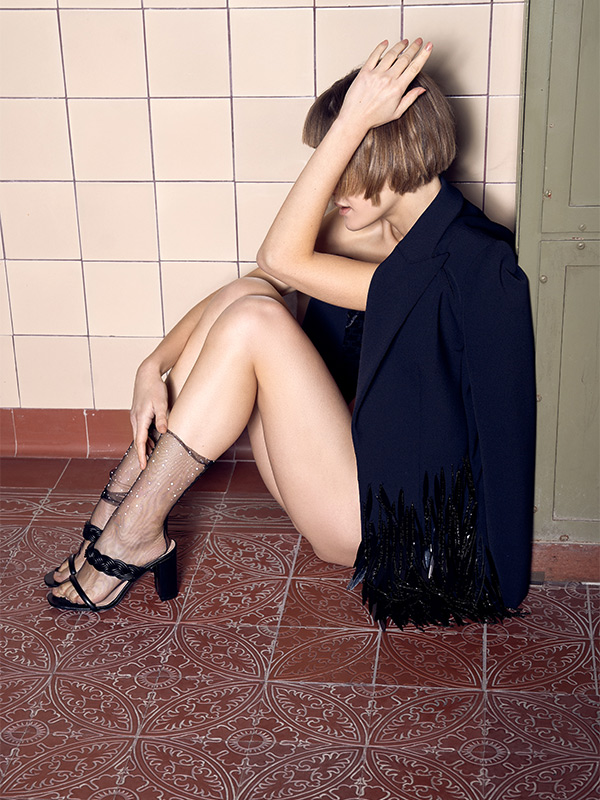Fashion Fighter
If you don’t polarize fashion, you’ll sink like a leaking battleship. Ezgi Cinar is not afraid of this, as the creative director is always good for making a statement. This brings the Zurich-based designer’s collections to Bahnhofstrasse and into Madonna’s closet.
FACES: How did you get into fashion? Can you describe your career to us?
Ezgi Cinar: There is no such thing as day X, fashion has simply fascinated me since I was little. I’ve been in the industry for over 20 years and have done everything from couture tailoring to styling, art direction, brand management and fashion consulting until I launched my own label. I owe the success I now have with my label to this career: not only can I design beautiful clothes, I also know pretty well what else is needed to go with them.
F: When are you particularly proud of your work?
EC: Whenever I have achieved one of my goals and can say “Next”.
F: Which use of your fashion has been the most important to you so far?
EC: There have been several steps in the meantime, and all of them were important. One stone belongs on top of the other, otherwise the scaffolding will not last long. (laughs)
F: Which of your dresses is your favorite?
EC: I have my favorite pieces from every season. From the current Twenty Four Seven SS20 collection, these are the After Work Dress, the Kill Bill Set, the Free N… Lederhosen and the Just like that jumpsuit.
F: Where do you produce, and what challenges do you face?
EC: I produce in Switzerland and Turkey, whereby the prices challenge me the most here and the organization in Turkey.
F: Have you ever thought about quitting everything?
EC: I’ve never thrown anything away in my life, and as long as I’m breathing, I never will.
F: What’s the worst mess in fashion?
EC: I struggle with a few points, but what bothers me the most is the throwaway mentality. The textile industry is the second biggest polluter of all. According to studies, 25 percent of the goods produced are never sold, and of those sold, another 25 percent are never worn. This generates 100 million tons of fashion waste every year. Take a few moments to grasp this number. When I heard this for the first time, my hair stood on end! The worst thing is that instead of changing anything, production simply continues. The fashion industry is a damn ungrateful lot – and not just in terms of the environment.
F: What is the best thing about being a designer? What is the most difficult thing?
EC: I don’t know the answer to that because I don’t call myself a designer – that would be too monotonous and boring for me. I’m a creative director, I love my life, and I simply don’t have the time to think or worry about difficulties. Time to
would be foolish. I am solution-oriented, and if there is a problem, it is solved immediately.
F: How would you describe the fashion industry in three words?
EC: Exciting, fast, merciless.
F: As a designer, you want to realize yourself, but on the other hand, sales and turnover also count. Do you care what the consumer wants to see and are you concerned about current trends?
EC: Well, the job of a designer is to set trends and not to run after trends. But I do care about how I can market an item of clothing so that it becomes the item that the consumer wants to see. I want to awaken the consumer’s feeling of wanting something, that’s exciting for me.
F: How do the names of your collections come about?
EC: All my previous collections are listed on my website. It started in 2016 with the theme “Hero”, followed by “Home Far Away From Home”, then came “Legends”. I always take a piece of my life and incorporate it into my collections. My label is my diary.
F: What do you do when you’re uninspired?
EC: I am not familiar with this situation.
F: Do you see digitalization as an opportunity or more of a threat for you as a designer?
EC: A huge opportunity, of course! As a Swiss brand and in just three years, I wouldn’t be where I am today without digitalization. After all, Switzerland is not exactly known for having a fashion industry. Digitalization is important because it allows me to be in ten places at the same time.
F: What motivates you every season?
EC: My ambition. It’s also different for me than for outsiders, who only see the different seasons. If, like me, you do everything from A to Z on your own, everything is a seamless transition. Let’s take September/October: I was busy producing orders for summer 2020, designing the new fall 2020/2021 collection, producing samples and marketing the summer 2020 collection at the same time. At the same time, I launched my online store and organized the shoots for the new collections.
Q: What do you see as your task as a designer?
EC: My job is to make a woman more beautiful, mysterious, cool and attractive than she already is.
F: What do you look for when you buy clothes for yourself? Which labels and principles are important to you?
EC: I hardly ever buy clothes anymore, I now have everything made to measure in my studios. I also invest all my money in my label. But when I do buy something, I’m not fixated on labels, I just have to like it, and quality is the be-all and end-all – that’s always been the case for me. I don’t want to sweat in my clothes because they are made of cheap polyester, and I don’t want clothes on my skin for which another person had to suffer. Because he or she has to work under impossible working conditions and probably can’t even feed the family, just so I can run after the latest trend. That’s a no-go for me!
F: Which item has been hanging in your closet the longest?
EC: There are some who have been in it for decades. The oldest is an embroidered Chloé blouse that I bought at a sample sale in Paris when I was 17. The part is now 24 years old.
F: What’s a fashion no-go that you can’t look past?
EC: I am very tolerant. To each his own, I don’t have to like everything.
F: What do you treat yourself to after a long day at work?
EC: I don’t have any daily rituals, I’m not even in one place for more than a few days. (laughs) But I do sport every day, for example – that can be at five in the morning, at one in the afternoon or at midnight. Whenever it fits into the schedule. I’m very disciplined, I never skip anything. Every day I squeeze the best out of the 24 hours.
F: What should you worry less about?
EC: I’m not worried.
F: Your favorite place in Zurich and your favorite boutique?
EC: I love Zurich, but especially District 1. My favorite boutique is Tasoni, and not just because I’m friends with the owner. I find the brands they represent incredibly exciting, and the selection of buyers is simply cool and well thought out. They also don’t organize sales, which I welcome. I can only say: Hats off! That’s an admirable attitude from a boutique these days. Many retailers have still not understood that they are hurting themselves if they offer goods at a 30 percent discount before the winter or summer season has even begun. Even my very wealthy friends prefer to wait a few days longer and buy their clothes at a reduced price: Why should I buy a winter coat at full price in October if I don’t need it until December and can even get it at half price then?
F: What do you miss about Zurich when you’re traveling and what do you miss when you’re at home?
EC: I have no such feelings. I try to live every day as if it were my last, so
I enjoy what is right now and don’t mourn anything else. If I ever get that feeling, I have to change something.
F: What always accompanies you on your travels?
EC: My passport and my smartphone. Without those two I’m finished, I can do without everything else.
F: How do you define good style? And how particularly bad?
EC : I consider good style to be when you buy things that really suit you and emphasize your own advantages. I think it’s really bad when you buy something just because it’s the hype piece of the season, but it doesn’t suit you at all. I don’t want to be complimented on an item of clothing because I’m wearing it, I want to be admired because I look better in it.
F: Whose style do you admire?
EC: Actually every woman who has catapulted herself to a brand with her style, such as Carine Roitfeld or Tilda Swinton or even Kim Kardashian. Is it my personal taste? Certainly not, but I think it deserves my respect that someone stands up and says, that’s me, that’s what I want to embody.
F: When is someone a role model for you?
EC: I personally don’t have any role models, but I would define a role model as someone who is 100 percent authentic. It was never my goal to be a role model, it’s just important to me that what I do is right for me. Many women and men write to me to say that they admire me or that I am their role model. It’s an incredibly wonderful feeling, and of course it honors me. But I’m not the way I am because I want to hear things like that, I just want to be happy with myself. And if I’m not happy with myself, then something needs to be changed. I don’t care if I disappoint someone. I won’t let my freedom be taken away just to fit into some image.
Ezgi Cinar
Born in Istanbul, moved to Libya with his family as a child, then later to Switzerland. Ezgi Cinar wants to work in the fashion industry, learns to be a couture dressmaker, works
After that, she worked for luxury brands as an art director and brand manager, then only for herself. Her label is her top priority – and the 41-year-old sometimes pulls an all-nighter for it. Cinar is creative director, so she not only designs, but also does everything she can to bring her creations to the shop windows of Zurich’s Bahnhofstrasse and to the bodies of her customers. Incidentally, the latter include not only Swiss women, but also Madonna, Mary J. Blige and Kate Hudson. As a person, Ezgi Cinar embodies what her garments express: strength. That’s why changing hair colors and 14-inch heels are just as much a part of her as leather, lace and embroidery on her gowns, for which it is worth slaughtering the piggy bank.
